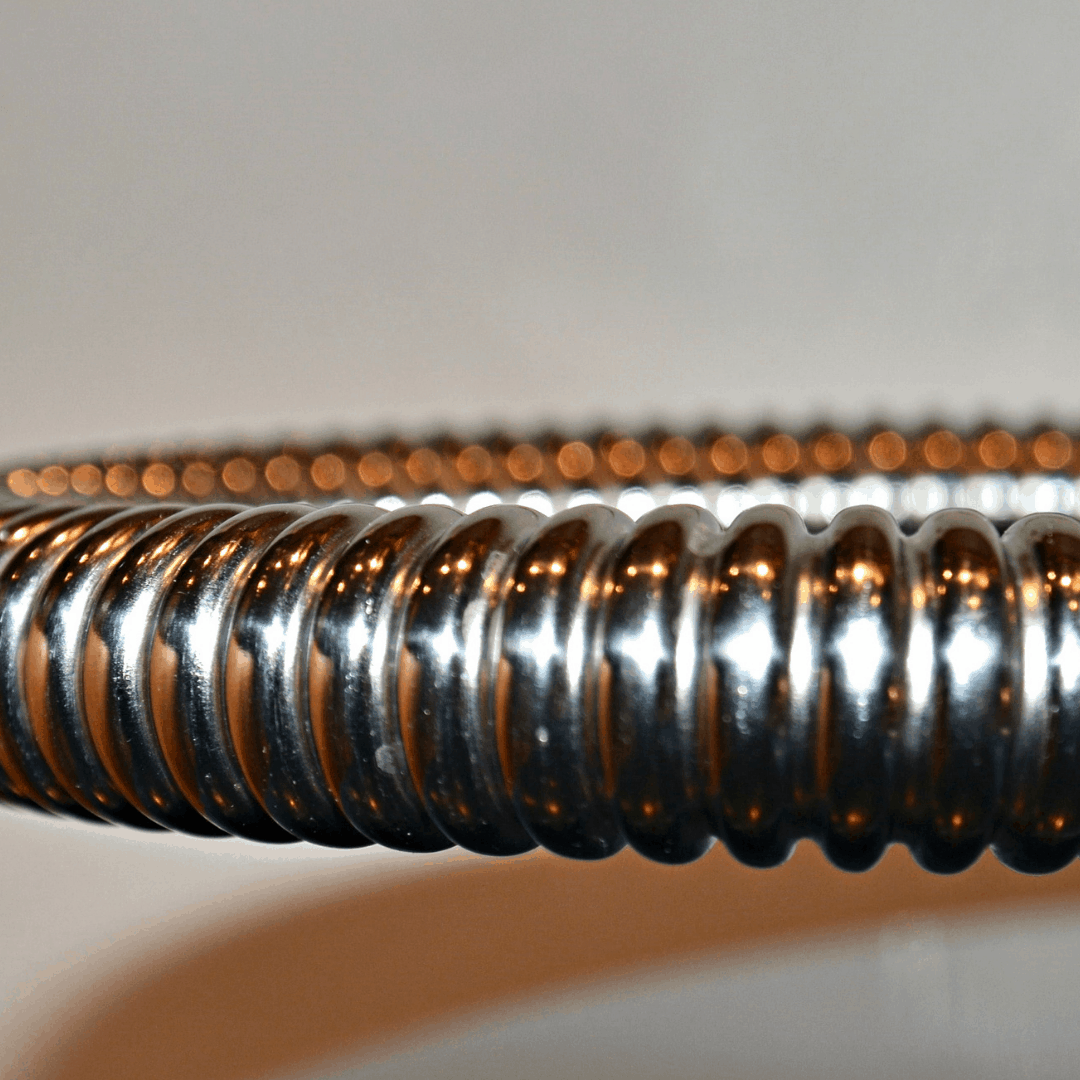
When you hear water flex lines, they would probably not ring a bell. But even if you may not know, you’ve been using them all this time. What are water flex lines? What is the purpose? Why do I need them? Let’s find out!
What are water flex lines?
Water flex lines are flexible water supply tubes or pipes that connect your plumbing fixtures or appliances to your home’s main supply pipes. These tubes conveniently connect your fixtures and appliances because they are easier to install than rigid pipings. However, these flexible supply tubes should never be connected directly onto the main water supply pipes. They must be connected to a shutoff valve that is attached to the main water supply pipe. These shutoff valves allow you to repair and replace the flexible tubes without having to turn off the whole supply system for your home.
Water flex lines come in different types and sizes, in various materials, and have different performance characteristics. Here are the four types of water flex lines:
1. Braided Nylon Flex Tubes
These are made from braided nylon with a reinforced braided outer core and solid PVC inner core. These tubes usually have a white color. They are very flexible and can be looped if necessary. Braided nylon flex tubes may be used for both hot and cold water, but need to be regularly inspected when used for hot water because it is more prone to damage.
2. Stainless Steel Braided Flex Tubes
These are made from braided stainless steel wrapped around an inner PVC or nylon tube. Stainless steel flex tubes are the most expensive, but they are also the most attractive and durable. These are ideal for exposed locations, not only because they look good but also because they are also resistant to corrosion.
3. PVC Flex Tubes
PVC stands for polyvinyl chloride, a synthetic plastic polymer that offers good durability and flexibility. It is the cheapest option among all flex tubes, but they still perform well. It may not be a good idea to use them in exposed areas because sunlight weakens its structural integrity.
4. Polymer-coated Flex Tubes
These tubes also have an inner PVC core, but the outside is made of a polymer-coated fiber. They offer excellent resistance to corrosion, and they have a premium appearance, perfect for exposed areas. But unlike stainless steel flex tubes, they are more flexible and can be looped when needed. They can be used for both hot and cold water too.
Why is it important to have my flex lines in good working order?
It is important to keep your water flex tubes in good working condition because it will help you avoid unnecessary damages in your plumbing systems. Faulty flex tubes can often result in leaks that will cost you a lot of money if they go unnoticed for a long time. These leaks not only waste precious water but can also cause corrosion in the affected areas. Not only that, leaks result in a wet environment that may become a breeding ground for bacteria and molds. Avoid these by regularly checking and replacing your flex tubes.
How do I fix/replace my water flex tubes?
To replace your water flex tubes, you have to follow these easy steps:
Turn off the water supply for the affected fixture.
Most, if not all, flex tubes have a shutoff valve that connects them to the main supply line that can be turned off to stop water from flowing. Shut off the valve to be able to proceed with the repair or replacement.
Release the pressure on the tube.
You can do this by turning on the faucet or pulling a knob from your water heater that will release the stored water inside the tubing.
Unscrew the flex tubes.
The next step would be actually removing the flex tube from the fixtures. Most flex tubes can be removed by unscrewing them. You can do this by hand or using a wrench. Then remove the old flex tube.
Connect the new flex tube.
Flex tubes will often come straight when you purchase them, so you would have to manually form them according to the shape needed, preferably like the old one you have just replaced. Screw them on to the valves, but be careful not to over-tighten then to avoid breaking anything.
Turn on the water supply.
Slowly turn the water back on and check if there are any leaks.
How much would a replacement be?
Replacement cost would vary depending on the type of flex tube you want to be used and its size. Water flex lines come in different materials and sizes. It is best to consult with your plumber first before deciding what to use.
How do I know it’s time to replace mine?
A good rule of thumb when it comes to water flex lines is to replace them every three years. Of course, their lifespan may vary depending on their location and usage, but three years is a fair amount of time for these tubes to be replaced. Still, please consult your professional plumber before replacing them as they know whether it is best to do so.

